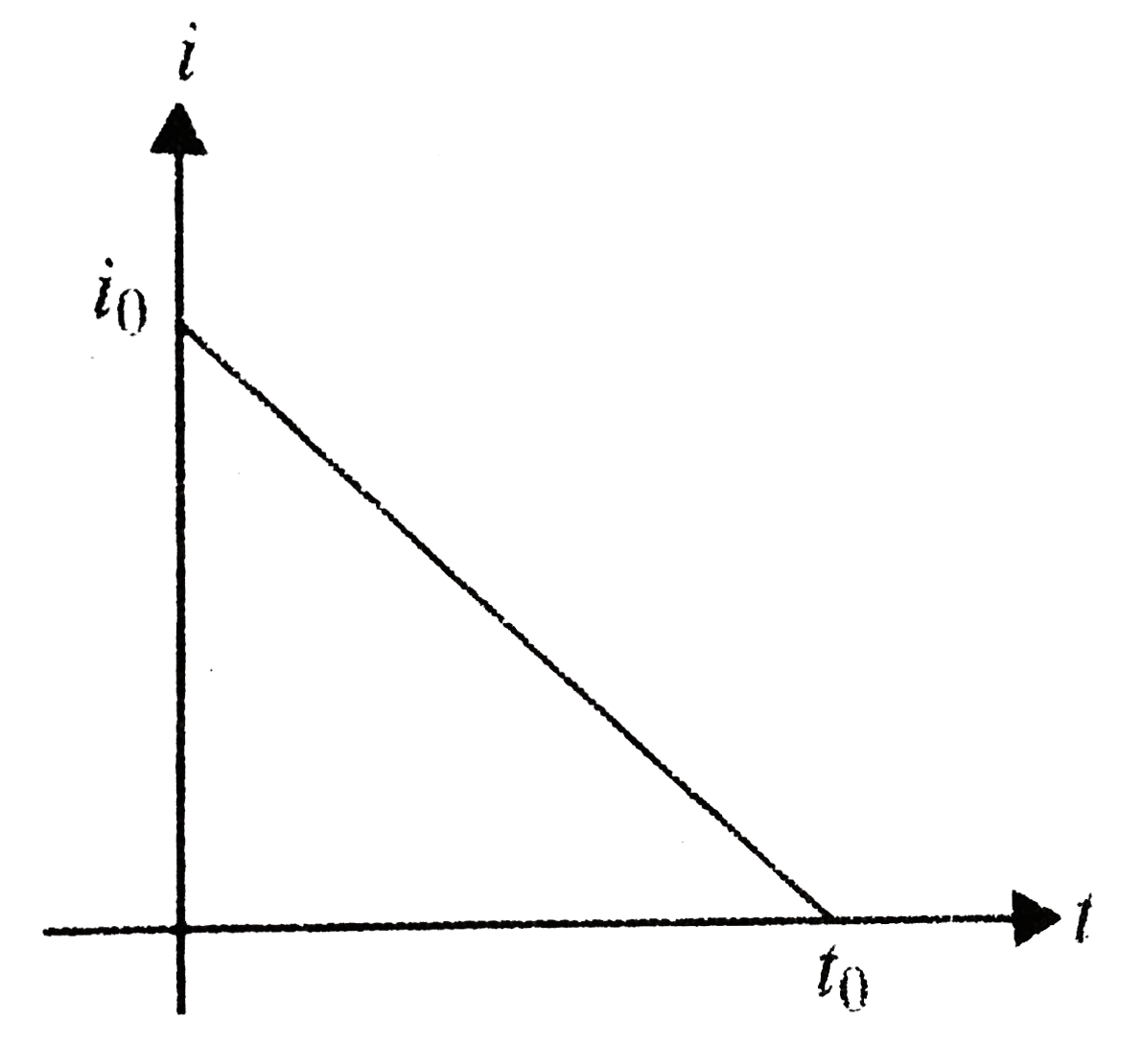(A): The typres of aircrafts are slightly conducting.
(R ): If a conductor is connected to ground, the extra charge induced on conductor will flow to ground.
Both .A. and .R. are true and .R. is the correct explanation of .A.
Both .A. and .R. are tru and .R. is not the correct explanation of .A.
A. is true and .R. is false
A. is false and .R. is true
The correct Answer is:C
To solve the question, we need to analyze the assertion (A) and the reason (R) given in the problem:
Step 1: Understand Assertion (A)
The assertion states that "The types of aircraft are slightly conducting." This implies that the materials used in the construction of aircraft, particularly the tires, have some level of conductivity.
Hint: Consider the materials used in aircraft tires and their properties.
Step 2: Understand Reason (R)
The reason states that "If a conductor is connected to ground, the extra charge induced on the conductor will flow to ground." This is a fundamental property of conductors. When a conductor is grounded, any excess charge on it will indeed flow to the ground, neutralizing the charge.
Hint: Recall the principle of grounding and how it affects charge distribution in conductors.
Step 3: Analyze the Relationship Between A and R
Now, we need to determine if the reason (R) correctly explains the assertion (A). While both statements are true, the reason does not specifically explain why aircraft tires are slightly conducting. The assertion is about the conductivity of the tires, while the reason discusses the grounding effect on conductors.
Hint: Think about whether the reason directly supports the assertion or if they are related but separate concepts.
Step 4: Conclusion
From the analysis, we conclude that both the assertion (A) and the reason (R) are true, but the reason does not correctly explain the assertion. Therefore, the correct answer is that both statements are true, but R is not the correct explanation of A.
Final Answer:
- Both A and R are true, but R is not the correct explanation of A.
The assertion states that "The types of aircraft are slightly conducting." This implies that the materials used in the construction of aircraft, particularly the tires, have some level of conductivity.
The reason states that "If a conductor is connected to ground, the extra charge induced on the conductor will flow to ground." This is a fundamental property of conductors. When a conductor is grounded, any excess charge on it will indeed flow to the ground, neutralizing the charge.
Now, we need to determine if the reason (R) correctly explains the assertion (A). While both statements are true, the reason does not specifically explain why aircraft tires are slightly conducting. The assertion is about the conductivity of the tires, while the reason discusses the grounding effect on conductors.
From the analysis, we conclude that both the assertion (A) and the reason (R) are true, but the reason does not correctly explain the assertion. Therefore, the correct answer is that both statements are true, but R is not the correct explanation of A.
- Both A and R are true, but R is not the correct explanation of A.
Topper's Solved these Questions
- ELECTRIC CHARGES AND FIELDSBOOK - AAKASH SERIESCHAPTER - ELECTRIC CHARGES AND FIELDSEXERCISE - Exercise-II
56 Videos
- ELECTRIC CHARGES AND FIELDSBOOK - AAKASH SERIESCHAPTER - ELECTRIC CHARGES AND FIELDSEXERCISE - Practice Exercise
57 Videos
- ELECTRIC CHARGES AND FIELDSBOOK - AAKASH SERIESCHAPTER - ELECTRIC CHARGES AND FIELDSEXERCISE - Assess Your Self
13 Videos
- DUAL NATURE OF RADIATION AND MATTERBOOK - AAKASH SERIESCHAPTER - DUAL NATURE OF RADIATION AND MATTEREXERCISE - PRACTICE EXERCISEX
42 Videos
- ELECTRIC FIELD AND POTENTIALBOOK - AAKASH SERIESCHAPTER - ELECTRIC FIELD AND POTENTIALEXERCISE - PROBLEMS (LEVEL-II)
26 Videos
Similar Questions
Assertion: The tyres of aircraft's are slightly conducting.
Reason: If a conductor is connected to a ground, the extra charge induced on conductor will flow to ground.
View SolutionStatement I: The tyres of an aircraft are slightly conducting.
Statement II: If a conductor is grounded, the extra charge induced on the conductor will flow to the ground.
View SolutionWhen two isolated conductors A and B are connected by a conducting wire positive charge will flow from .

View SolutionRelation between current in a conductor and time is shown in fig.

Total charge flowing through the conductor is
View SolutionThe lower end of the lightning conductor is connected to a metal plate, which is buried deep inside the Earth with the help of a conducting wire.
View SolutionTwo conducting spheres of radius R and 3R carry charges Q and −2Q. Between these spheres a neutral conducting sphere of radius 2R is connected. The separation between the sphere is considerably large Charge flows through conducting wire due to potential difference.

The final charge on initially neutral conducting sphere is :
View SolutionFind the relation between drift velocity and relaxation time of charge carriers in a conductor .
A conductor of length L is connected to a d.c source of emf 'E' . If the length of the conductor is tripled by stetching it, keeping 'E' constant , explain how its drift velocity would be affected.
View SolutionA point charge Q is situated (outside) at a distance r from the centre of an uncharged conducting solid sphere of radius R. The potential due to induced charges (on the conductor) at a point B inside the conductor whose distance form the point charge is d is ______
View SolutionA current of 1.5A flows through a conductor for 2.0s. What amount of charge passes through the conductor ?
View SolutionThere are three concentric shells or radii a,b and c(a<b<c) . Equal charges Q each are given to innermost and outermost shell . The middle shell is grounded. Determine the charge appearing on each surface of middle shell.
Strategy : When a conductor is grounded (i.e., connected to earth ) its potential becomes zero due to flow of charge either from shell or from ground.
View Solution
